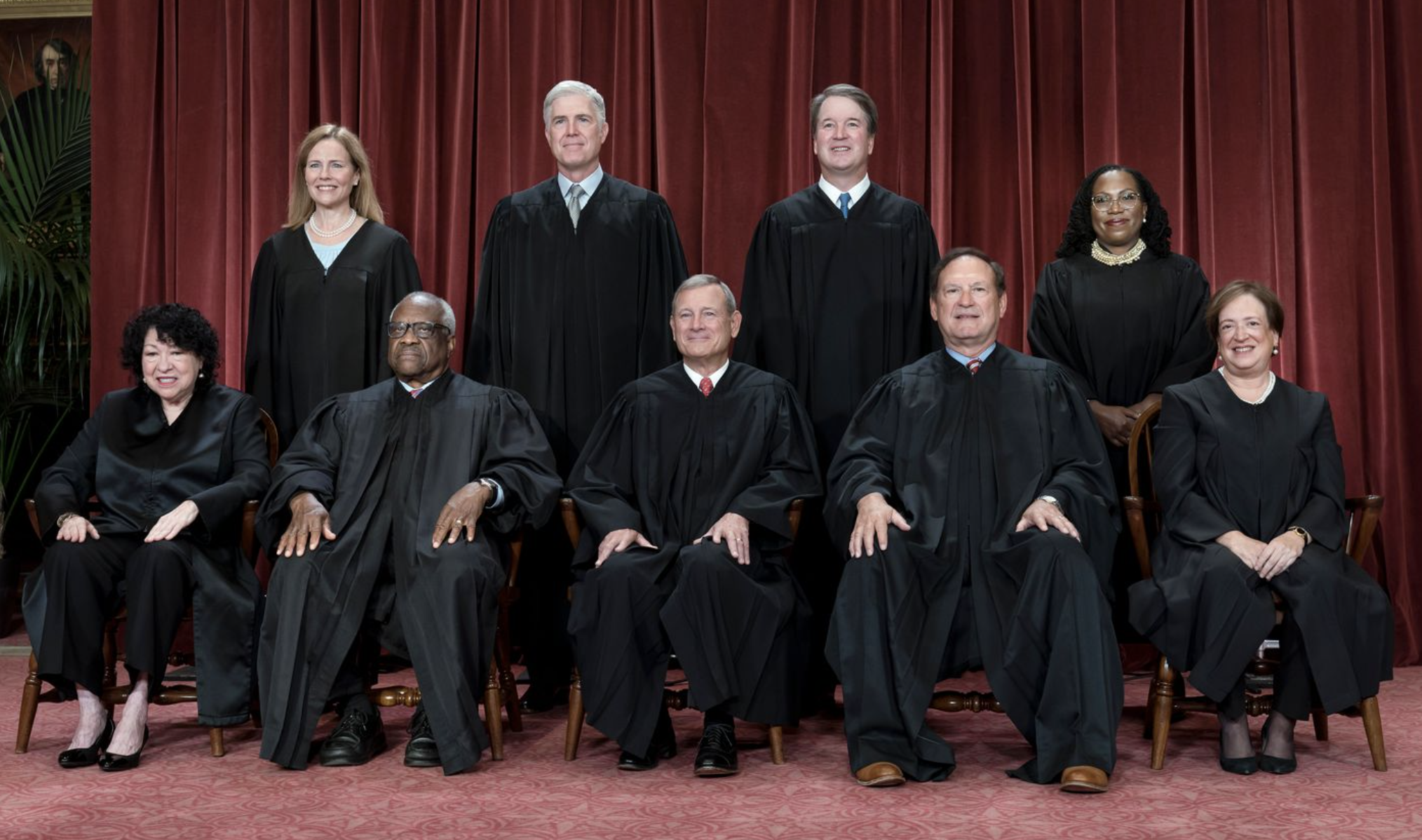By: The Editorial Board – wsj.com – June 26, 2024
A 6-3 majority ducks the First Amendment problem when government pressures tech platforms to limit speech it doesn’t like. Justice Alito writes a powerful dissent.
States and individuals sued numerous federal officials for violating their First Amendment speech rights by pressuring social-media platforms to suppress their posts. While lower courts ruled for the plaintiffs, six Justices held that they failed to show they had legal standing to sue. Plaintiffs must show that a “particular defendant pressured a particular platform to censor a particular topic before that platform suppressed a particular plaintiff’s speech on that topic,” explains Justice Amy Coney Barrett in the majority opinion.
She writes that “the platforms moderated similar content long before any of the Government defendants engaged in the challenged conduct” and “continued to exercise their independent judgment.” She was joined by Chief Justice John Roberts along with Justice Brett Kavanaugh and the three liberal Justices.
The majority rebukes lower courts for glossing over “complexities” in the evidence. “Different groups of defendants communicated with different platforms, about different topics, at different times,” Justice Barrett writes, adding that “the links must be evaluated in light of the platform’s independent incentives to moderate content.”
Alas, the majority brushes past how officials effectively coerced platforms, as Justice Samuel Alito explains in a potent dissent joined by Justices Clarence Thomas and Neil Gorsuch. Justice Alito recounts sundry examples of Biden officials hectoring Facebook in public and private to aggressively police “misinformation,” sometimes with thinly veiled threats of government retaliation. After Biden officials fumed, Facebook increased its moderation.
Facebook’s reactions “were not what one would expect from an independent news source or a journalistic entity dedicated to holding the Government accountable for its actions,” Justice Alito writes. “Instead, Facebook’s responses resembled that of a subservient entity determined to stay in the good graces of a powerful taskmaster.”
Justice Alito chides the majority for applying a higher standing standard in this case than in Department of Commerce v. New York (2019). The Court then said states could challenge a Census citizenship question on the strained theory they might lose representation in Congress if undocumented immigrants were dissuaded from responding.
“What the Court seems to want are a series of ironclad links—from a particular coercive communication to a particular change in Facebook’s rules or practice and then to a particular adverse action,” Justice Alito explains. “No such chain was required in the Department of Commerce case, and neither should one be demanded here.”
Justice Alito also notes how the Court stretched its standing principles in Massachusetts v. EPA (2007) to let states challenge the government’s failure to regulate greenhouse gas emissions: “Article III standing is an important component of our Constitution’s structural design,” but “that doctrine is cheapened when the rules are not evenhandedly applied.” Touché.
Turning to the merits, Justice Alito points to Bantam Books(1963) and the Court’s recent Vullo ruling as frameworks “to distinguish between permissible persuasion and unconstitutional coercion.” They require courts to consider the authority of government officials over third parties, the nature of their statements, and reactions by third parties.
Based on this test and the case record, Justice Alito says Biden officials clearly crossed the constitutional line: “What the officials did in this case was more subtle than the ham-handed censorship found to be unconstitutional in Vullo, but it was no less coercive. And because of the perpetrators’ high positions, it was even more dangerous.”
Justice Alito warns that “officials who read today’s decision together with Vullowill get the message. If a coercive campaign is carried out with enough sophistication, it may get by.” The Court “thus permits the successful campaign of coercion in this case to stand as an attractive model for future officials who want to control what the people say, hear, and think.”
It’s a shame the majority ducked the free-speech merits in this case because Justice Alito’s warning about stealth censorship seems right given the Covid experience and the Administration’s desire to police “disinformation.” Liberals may rue this in the future as much as conservatives do in this case.
To see this article in its entirety and to subscribe to others like it, please choose to read more.
Source: A Supreme Court License for Social-Media Censorship – WSJ
 Listen Online
Listen Online Watch Online
Watch Online Find a Station in Your Area
Find a Station in Your Area










 Listen Now
Listen Now Watch Online
Watch Online
